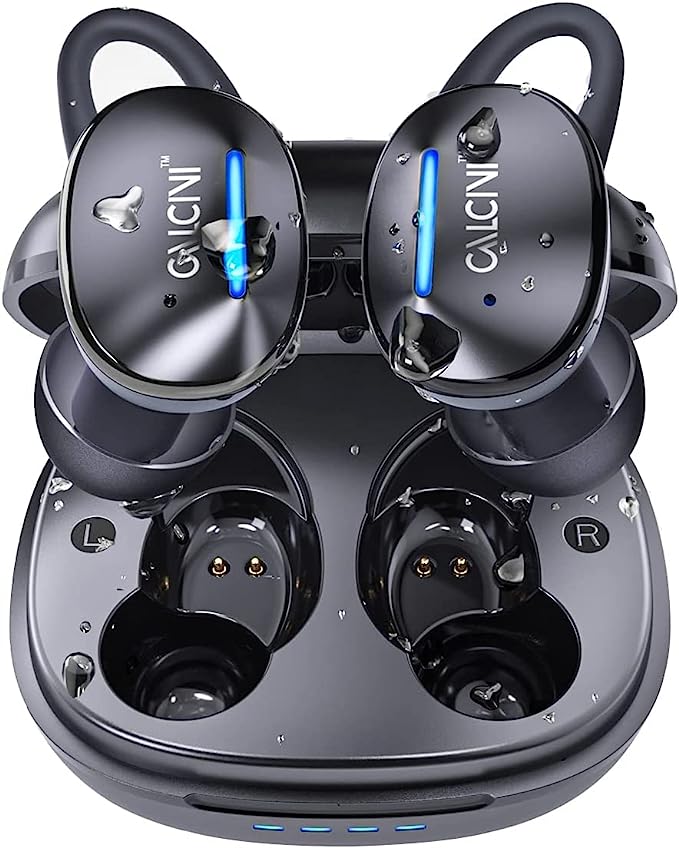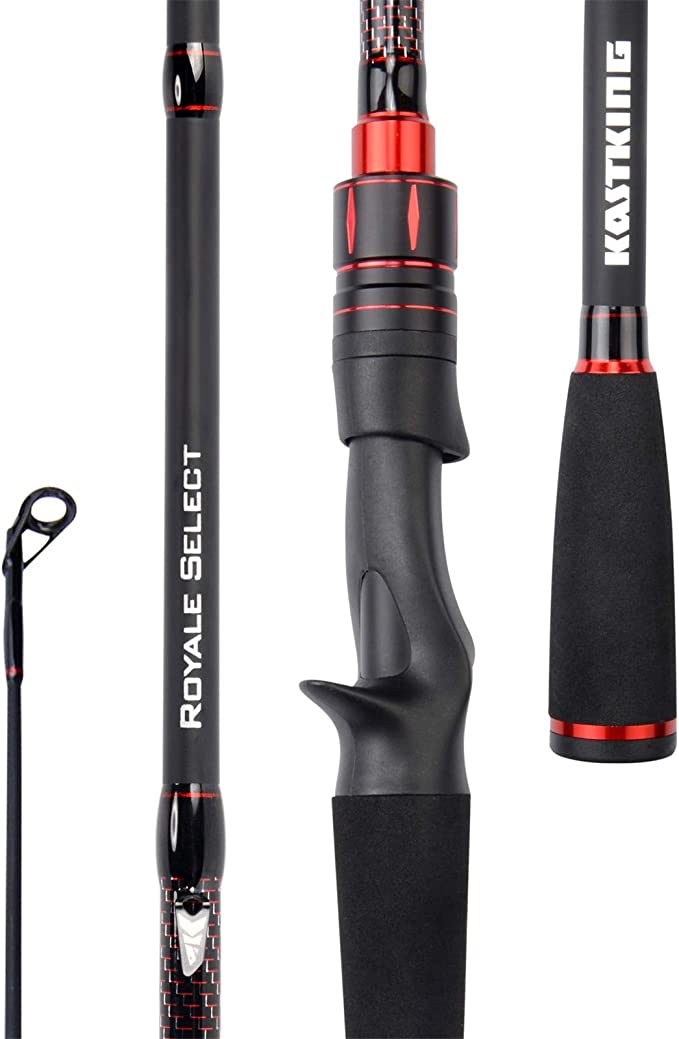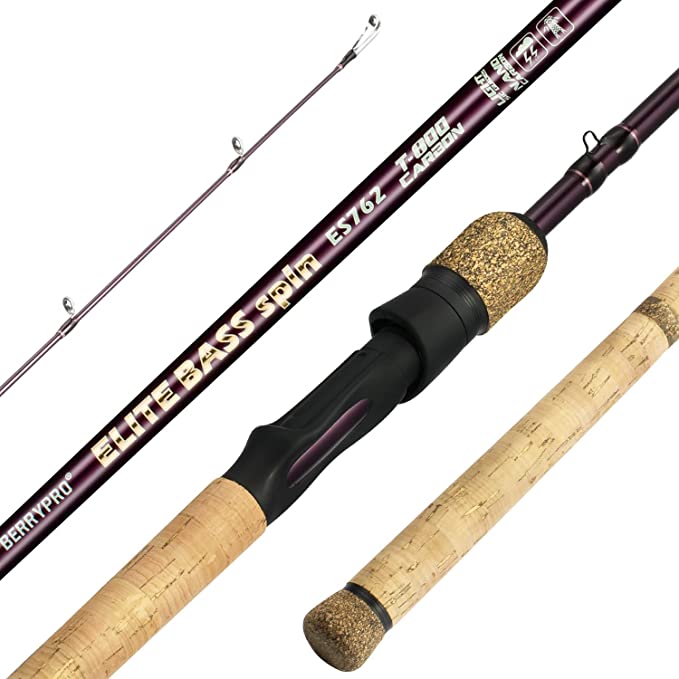The Physics of Connection: Mastering Quad-Band Radio with the TYT TH-9800D Plus
Update on Nov. 19, 2025, 4:26 p.m.
In the solitude of the backcountry, a cell phone is often nothing more than a glowing rectangle of glass—a testament to infrastructure that doesn’t exist where the pavement ends. For the serious overlander or outdoor explorer, relying on terrestrial cell towers is a gamble with safety. The true fail-safe isn’t a service plan; it’s physics.
The VMUKSAN TYT TH-9800D Plus is not merely a radio; it is a master key to the electromagnetic spectrum. By operating across four distinct frequency bands, it allows the user to exploit the unique propagation characteristics of different wavelengths, ensuring communication whether you are in a dense canyon or on a high plateau.

The Spectrum Strategy: Why Quad-Band Matters
Most mobile radios are “Dual Band,” covering only VHF (2 meters) and UHF (70 cm). The TH-9800D Plus adds two “Magic Bands”—6 meters (50 MHz) and 10 meters (29 MHz). Understanding the physics of these four bands turns this radio into a tactical instrument.
1. UHF (70cm / 430MHz): The Urban Penetrator
Ultra High Frequency waves are short (approx. 70cm). Physically, this allows them to bounce off hard surfaces like canyon walls, buildings, and dense vehicle convoys. When you are navigating a tight trail with a group, UHF provides clear, short-range communication that navigates obstacles with ease.
2. VHF (2m / 144MHz): The Regional Workhorse
VHF waves are longer (2 meters) and travel further over open terrain. They are the standard for reaching mountaintop repeaters—automated stations that can rebroadcast your 50-watt signal over 50-100 miles. This is your primary link to civilization.
3. The Magic Bands (6m & 10m): The Ionospheric Mirrors
Here is where the TH-9800D Plus separates itself. The 6-meter and 10-meter bands sit on the edge of HF (High Frequency). Under the right solar conditions, these waves interact with the Ionosphere, a layer of charged particles in the upper atmosphere. * Skywave Propagation: Instead of passing through the atmosphere into space, these waves can refract (bend) back to Earth. This allows for “Skip” communication, enabling you to talk to stations hundreds or even thousands of miles away without any infrastructure in between. It is not reliable for emergencies, but it is a phenomenal capability for the enthusiast.

The Force Multiplier: Cross-Band Repeat
Perhaps the most critical engineering feature for the solo explorer is Cross-Band Repeat. This function turns your vehicle into a personal, automated relay station.
The Scenario: You park your truck at a basecamp in a valley and hike up a ridge. Your handheld radio (HT) has only 5 watts of power and a small antenna—it cannot reach the distant repeater.
The Solution: You set the TH-9800D Plus in your truck to “Cross-Band Repeat.” You transmit on UHF from your handheld to the truck. The truck receives your weak signal and simultaneously re-transmits it on VHF with its full 50 watts of power and high-gain antenna.
The Physics: You have effectively tethered your handheld to the truck’s powerful transmitter, extending your personal range from 2 miles to 50 miles. This is a game-changing safety capability.
Installation Engineering: The Detachable Head
Space in modern vehicle cabins is premium. Radio chassis are bulky and generate heat (heatsinks need airflow). The TH-9800D Plus solves this with a Detachable Faceplate.
* Signal Integrity: The main body (the transceiver engine) can be mounted under a seat or in the trunk, close to the antenna feedline and power source.
* Ergonomics: The control head (the interface) is mounted on the dashboard using the included separation cable.
This separation minimizes electrical interference in the dashboard and keeps the hot RF deck safely ventilated, a crucial consideration for the longevity of the final output transistors.
[Image of radio wave propagation diagram]
Software and Programming: The “Plus” Advantage
Early iterations of complex radios were notorious for difficult manual programming. The “Plus” in this model signifies updated firmware that is friendlier to modern expectations. Crucially, it supports CHIRP, the open-source industry standard for radio programming. This allows users to easily import repeater lists from databases like RepeaterBook, ensuring that wherever your adventure leads, you have the local frequencies pre-loaded.

Conclusion: A Transceiver for the Prepared
The VMUKSAN TYT TH-9800D Plus is often compared to legendary Japanese radios costing twice as much. While it is an economical alternative, it does not skimp on the physics. It delivers 50 watts of RF power where it counts.
For the licensed amateur radio operator, it represents the ultimate redundant communication system. By mastering its quad-band capabilities and cross-band repeater functions, you are not just installing a radio; you are equipping your vehicle with a comprehensive electronic warfare suite against isolation.























